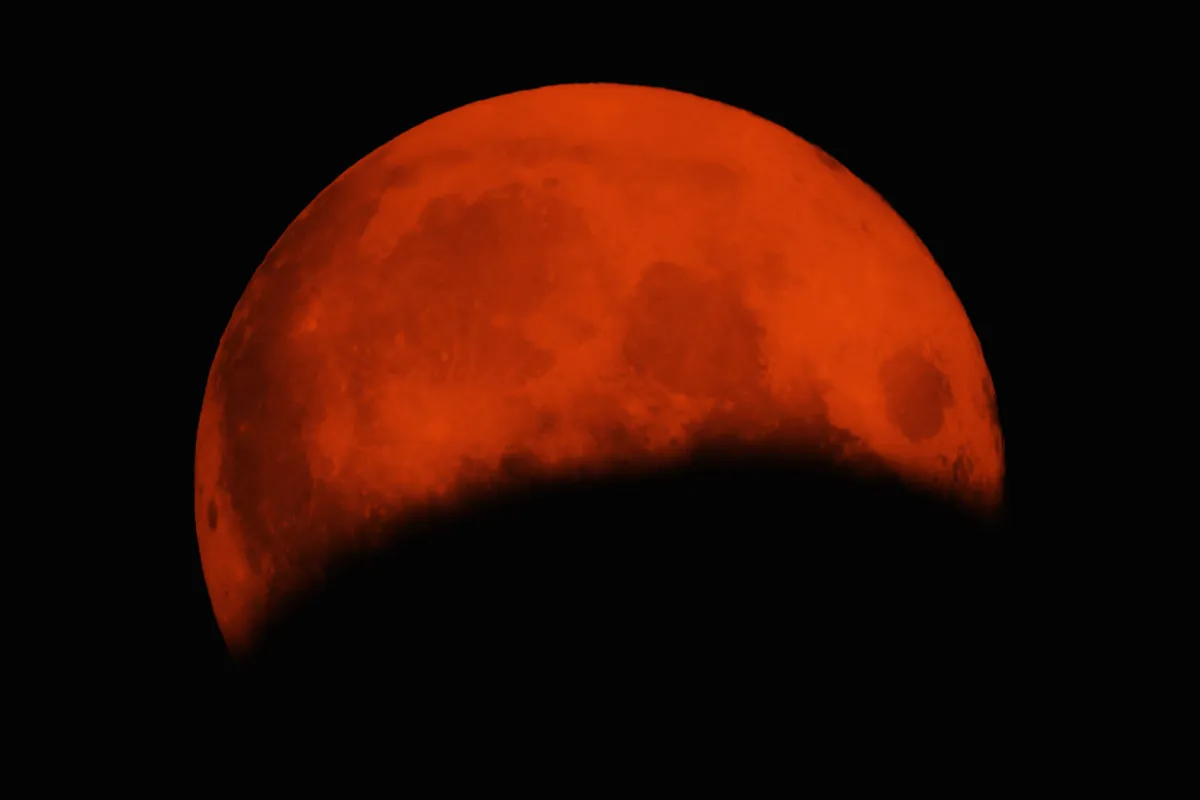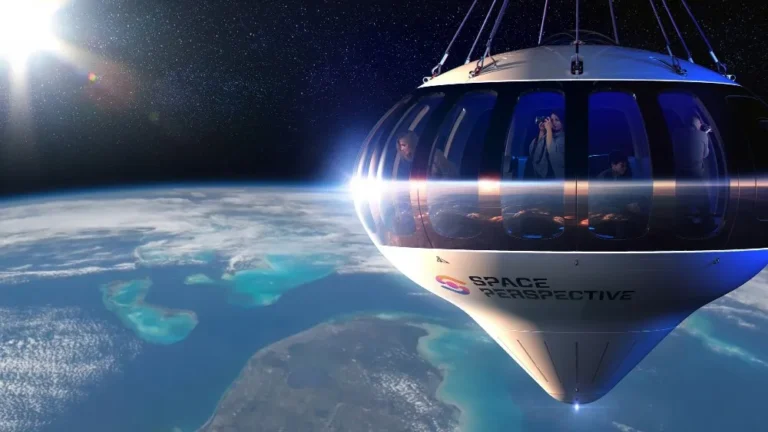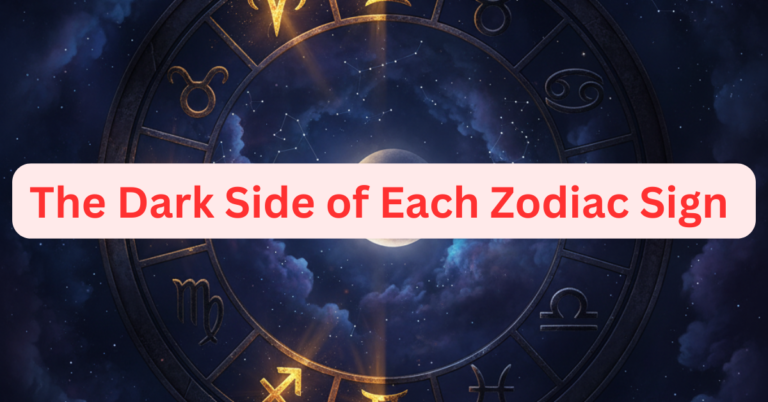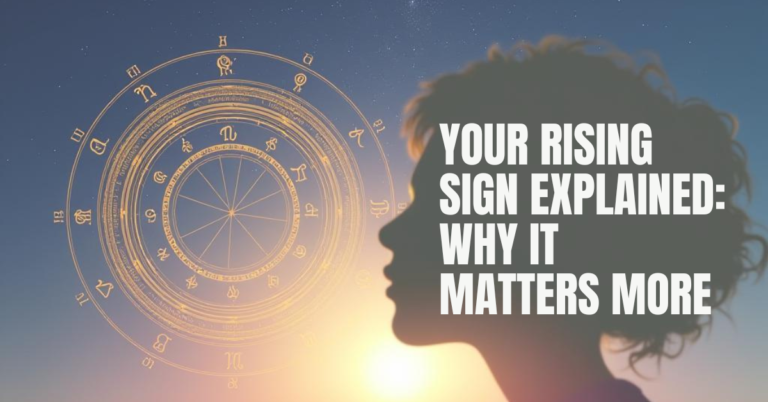
Colorado's Guide to the Partial Solar Eclipse
Calling all skywatchers in Colorado! Get ready to witness a celestial spectacle on Monday, April 8th, 2024, as a partial solar eclipse paints the afternoon sky. While Colorado won’t be experiencing the awe-inspiring totality seen in other parts of the country, the partial eclipse still offers a magnificent opportunity to observe the sun partially obscured by the moon.
What is a Solar Eclipse and Why is it Happening?
A solar eclipse occurs when the moon passes directly between the sun and Earth, casting a shadow on our planet. The type of eclipse depends on the moon’s alignment with the sun and Earth. In a total eclipse, the moon completely blocks the sun’s disk, creating a breathtaking daytime darkness for skywatchers within the narrow path of totality. However, in a partial eclipse, the moon only covers a portion of the sun, leaving a bright crescent of sunlight visible.
Colorado’s Glimpse of the Eclipse: Timing and Visibility
While some states will be treated to the full majesty of a total eclipse, Colorado will witness a partial eclipse. Here’s a breakdown of what you can expect:
- Timing: The partial eclipse will begin in Denver around 11:28 AM MDT (Mountain Daylight Time) and reach its peak at approximately 12:40 PM MDT. The eclipse will conclude by 1:53 PM MDT.
- Visibility: Depending on your location in Colorado, you’ll witness anywhere from 54% to 78% of the sun obscured by the moon. The southeast corner of the state will experience the greatest coverage, with areas like Springfield, Holly, and Lamar reaching around 75% totality. Conversely, the northwest corner, including Grand Junction, Dinosaur, Craig, and Steamboat Springs, will see a smaller percentage, with less than 60% coverage.
Witnessing the Eclipse Safely: Gearing Up for the Show
Safety is paramount when viewing a solar eclipse. Looking directly at the sun, even during a partial eclipse, can cause permanent eye damage. Here’s what you’ll need to enjoy the eclipse safely:
- Eclipse Glasses: Invest in a pair of certified ISO-rated solar eclipse glasses. These specially designed glasses have filters that block harmful solar radiation, allowing you to view the eclipse safely. Regular sunglasses, even heavily tinted ones, do not provide sufficient protection.
- Solar Filter for Telescopes: If you plan on using a telescope to observe the eclipse, ensure you have a proper solar filter specifically designed for telescopes. Never look directly at the sun through a telescope without a proper filter, as it can cause severe eye damage.
- Projection Method: An indirect viewing method is another safe option. Project the sun’s image onto a piece of cardboard using a small telescope or binoculars with a solar filter. The image will appear as a smaller, safe-to-view replica of the eclipsed sun.
Beyond the Spectacle: Educational Opportunities
The solar eclipse presents an excellent opportunity to learn more about astronomy and our place in the solar system. Here are some ideas to maximize the educational value of the event:
- Host a viewing party: Gather your friends and family, ensure everyone has certified eclipse glasses, and enjoy the celestial show together.
- Engage with local astronomy clubs: Many astronomy clubs host public viewing events during eclipses. These events often provide telescopes with solar filters and offer expert guidance for safe viewing.
- Explore online resources: Numerous websites and educational platforms offer resources about solar eclipses, including their history, science, and safe viewing techniques.
A Celestial Encounter Not to Be Missed
Monday’s partial solar eclipse offers a unique chance to witness a fascinating astronomical phenomenon. By following safety precautions and taking advantage of available resources, you can transform this event into a memorable learning experience. So, mark your calendars, grab your eclipse glasses, and get ready to be dazzled by the dance of the sun, moon, and Earth!
Additional Tips:
- Weather permitting: Like stargazing, viewing a solar eclipse requires clear skies. Be sure to check the weather forecast before the event.
- Find a viewing spot: Look for an open area with a clear view of the western sky, where the sun will set during the eclipse.
- Capture the moment: While looking directly at the sun is unsafe, you can capture the eclipse indirectly using a camera with a solar filter.
- Enjoy the experience: Relax, take it all in, and appreciate the wonder of our universe.
Conclusion:
The partial solar eclipse on Monday presents a unique opportunity for Colorado residents to witness a remarkable celestial phenomenon. By following safety guidelines, utilizing educational resources, and embracing the spirit of exploration, you can turn this event into a memorable experience that broadens your understanding of the universe. So, don your eclipse glasses, find a safe viewing spot, and prepare to be amazed!






